Zhejiang Province
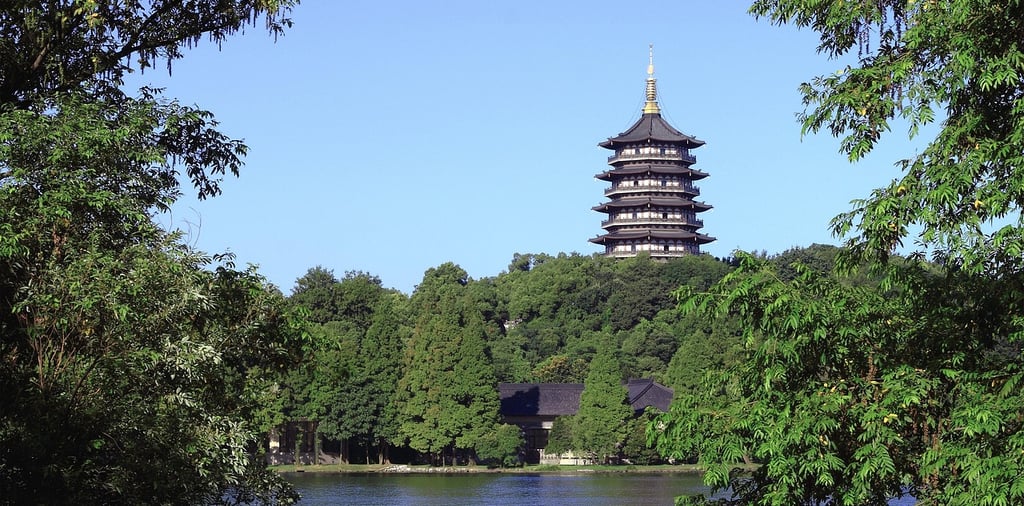

Introduction
Zhejiang Province occupies a southeastern coastal position along the East China Sea, combining fertile river plains, rolling hills, and a long, indented coastline. With over 65 million residents, it is one of China’s most densely populated and economically active provinces, where maritime trade, commerce, and cultural heritage intersect.
From Hangzhou, with its famous West Lake and historic temples, to Ningbo, a major port city, and Wenzhou, known for private enterprise and trade networks, Zhejiang blends ancient traditions and modern industry.
Smaller towns along rivers and the coast preserve historic architecture, artisanal crafts, and local markets, reflecting a lifestyle closely tied to waterways and hills. Its coastal and riverine location has made Zhejiang a transport and economic hub for centuries, with a distinctive regional identity that combines commerce, scholarship, and rich cultural traditions, setting it apart from more inland provinces.
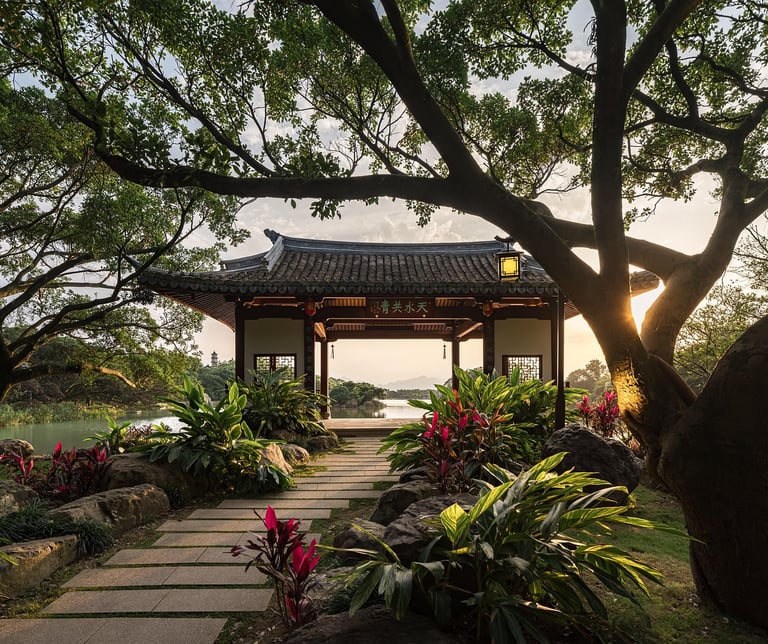

Geography and Key Cities
Zhejiang Province stretches from the coastal plains along the East China Sea to the mountainous interior, including the Tianmu Mountains and Mount Mogan. The province is interlaced with rivers, lakes, and canals, most notably the Qiantang River, famous for its dramatic tidal bore. The climate is humid subtropical, with hot, humid summers and mild, damp winters, shaped by seasonal monsoons.
Hangzhou, the provincial capital, functions as a major transport, cultural, and industrial hub, linking eastern and western Zhejiang through railways, highways, and waterways.
Ningbo remains a key historic port, central to maritime trade and cultural exchange, while Wenzhou is renowned for its entrepreneurial and business networks.
Other important cities include Shaoxing, celebrated for its canals, rice wine, and traditional architecture, and Jinhua, known for its regional cuisine, textiles, and artisanal crafts, illustrating how Zhejiang balances economic dynamism with rich cultural heritage.


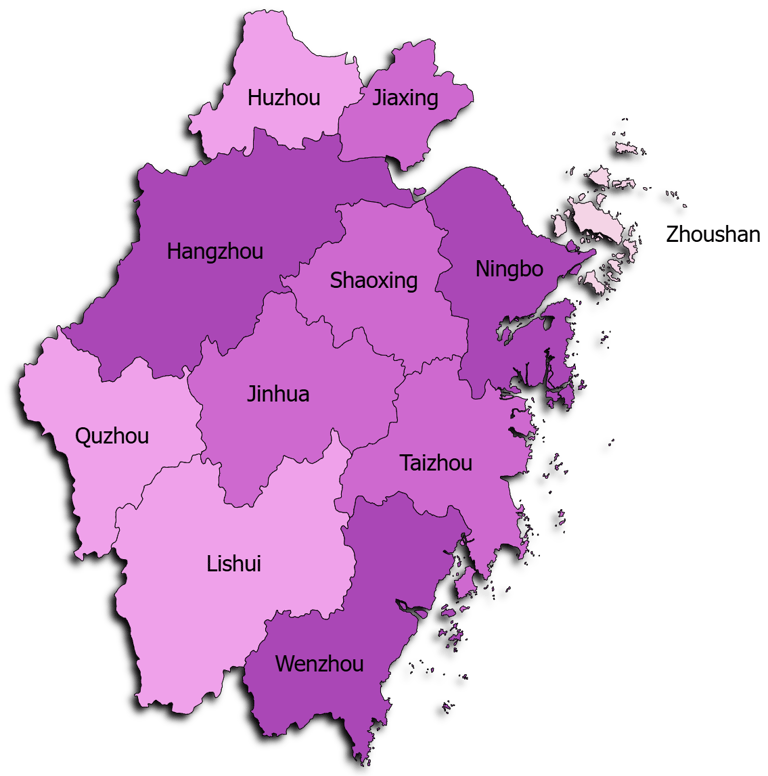

Zhejiang has a long and varied history. The region was inhabited by various kingdoms during the Spring and Autumn and Warring States periods, and later became integrated into Chinese dynasties such as the Tang and Song, serving as a hub for maritime trade and cultural exchange.
Throughout history, Zhejiang’s rivers and coast facilitated commerce, fishing, and artisanal industries, while inland areas preserved agricultural and craft traditions. In modern times, the province became a center for entrepreneurship, manufacturing, and export, while maintaining its rich cultural heritage.
Historical Background
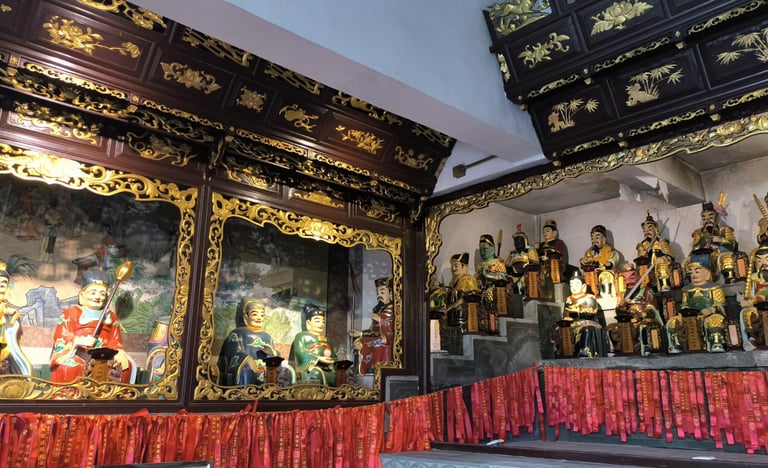

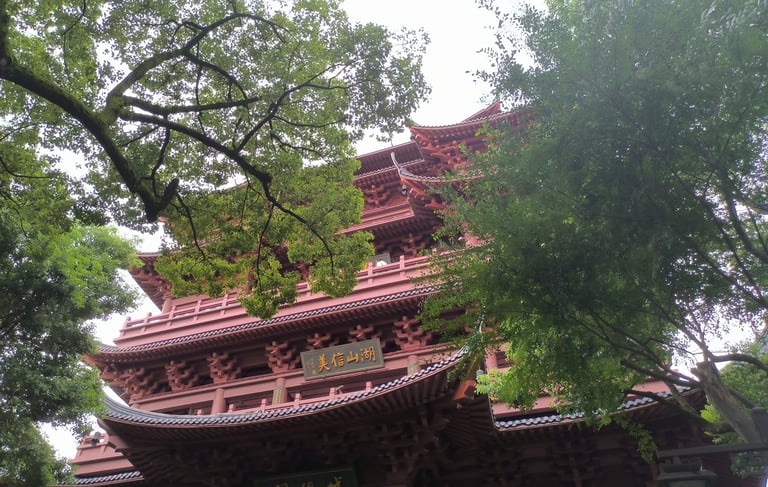

Nature and Landmarks
Zhejiang combines rivers, hills, and coastline with a rich array of historical and cultural landmarks. West Lake in Hangzhou is not only a scenic spot but also a hub of centuries-old gardens, bridges, and temples, attracting scholars, poets, and tourists alike. The Thousand-Island Lake (Qiandao Lake) offers crystal-clear waters, forested islands, and recreational activities such as boating and hiking.
Mount Tiantai and Mount Mogan feature ancient temples, monasteries, and forested trails, providing both spiritual and natural experiences, while the coastline hosts sandy beaches, fishing villages, and small islands reflecting Zhejiang’s maritime heritage.
Historic towns such as Shaoxing, with its canals, rice wine culture, and traditional courtyards, and Wuzhen, famous for its water town architecture and preserved streets, showcase the province’s longstanding cultural traditions. Ancient temples, pagodas, and museums throughout Zhejiang highlight centuries of Buddhist, Taoist, and Confucian influence, while smaller rivers, hills, and coastal areas provide opportunities for hiking, boating, and local cultural exploration.
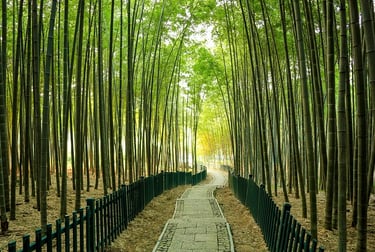

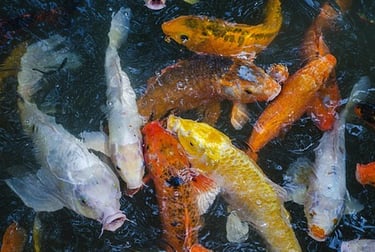

Culture and Cuisine
Zhejiang’s culture reflects its coastal location, long history of trade, and role as a center of art, literature, and scholarship. Architecture ranges from Hangzhou’s West Lake pavilions and gardens to Shaoxing’s canal-side houses, Wuzhen’s water town structures, and Ningbo’s historic maritime buildings, blending historical, religious, and urban elements. Festivals, music, and folk traditions flourish across the province, including Dragon Boat Festival, temple fairs, local operas, embroidery, bamboo weaving, and craftwork in rural towns. Zhejiang is closely linked to literature, painting, and maritime culture, creating a cultural tapestry that intertwines hills, rivers, and urban centers.
Linguistically, Mandarin is widely spoken, but local dialects such as Wu Chinese, Shaoxing dialect, and Ningbo dialect preserve centuries of regional identity. Traditional arts include paper-cutting, shadow puppetry, embroidery, painting, and local operas, often reflecting maritime, agricultural, and scholarly themes.
Zhejiang’s cuisine emphasizes seafood, rice, seasonal vegetables, and light, fresh flavors with subtle seasoning. Signature dishes include:
Dongpo pork, a braised pork belly dish named after the poet Su Dongpo,
West Lake fish in vinegar sauce, showcasing freshwater fish and balanced flavors,
Beggar’s chicken, wrapped and slow-cooked for tender meat,
Shaoxing wine chicken, combining local rice wine and poultry,
Seafood stir-fries, highlighting coastal ingredients,
Zhejiang-style bamboo shoots and vegetables, reflecting seasonal freshness,
Sweet osmanthus cakes, traditional desserts tied to festivals.
Compared with northern or inland provinces, Zhejiang cuisine favors fresh seafood, light seasoning, and a balance of sweet and savory, reflecting its rivers, coastline, and centuries of cultural and trade exchange.
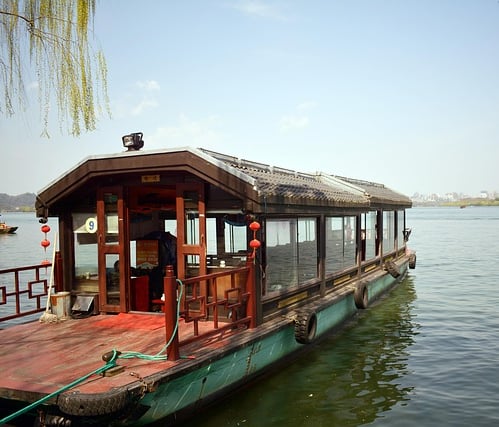

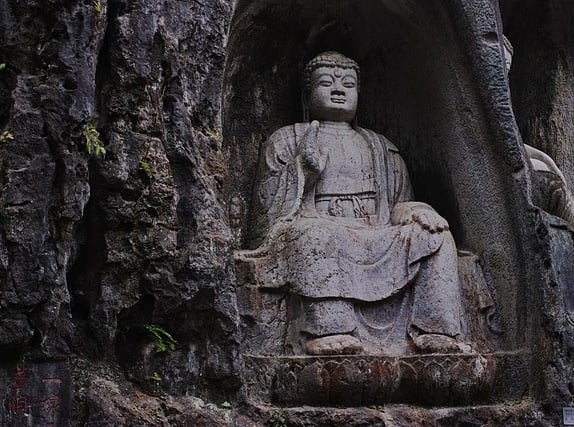

Economy and Modern Development
Zhejiang is a key economic center in eastern China. Hangzhou, Ningbo, and Wenzhou developed into industrial, transport, and trade hubs during the 20th century, with textiles, electronics, e-commerce, and shipping forming the backbone of the economy. Tourism, especially around West Lake, water towns, and coastal areas, contributes significantly to the provincial economy.
Historically, Zhejiang’s economy grew from maritime trade, handicrafts, and agriculture. Today, private enterprise, high-tech industries, port logistics, and digital innovation ensure continued growth and connectivity with domestic and international markets, balancing modernization with cultural heritage.
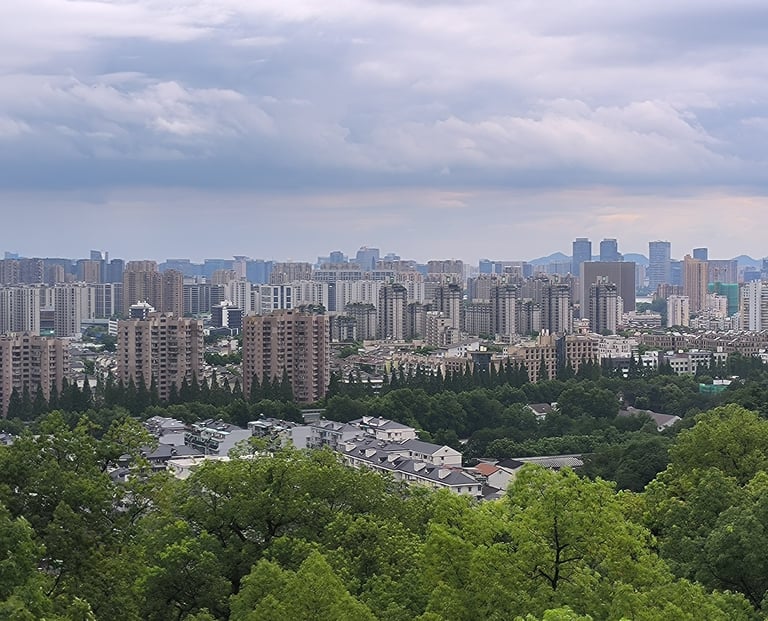

Zhejiang has produced influential figures across literature, politics, business, and the arts. Ancient scholars, poets, and officials contributed to Chinese intellectual and cultural traditions, particularly during the Song and Ming dynasties. The province also gave rise to painters, calligraphers, and maritime explorers, reflecting its history as a hub of scholarship and trade.
Zhejiang is equally renowned for its entrepreneurial spirit, arts, and maritime culture, making the province a beacon of cultural and economic vitality. In modern times, Zhejiang has contributed reformers, business leaders, scientists, and artists who continue to embody its historical and cultural legacy.
People and Notable Figures
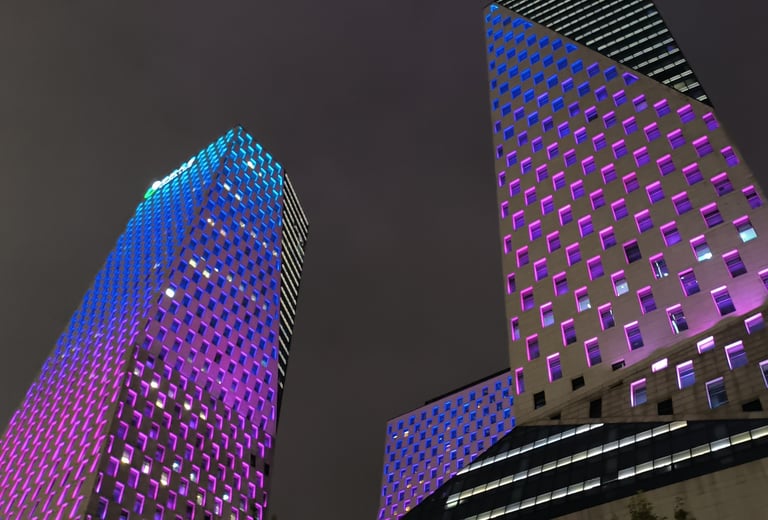

Current Trends and Daily Life
Zhejiang daily life blends urban growth with traditional culture. In Hangzhou, residents move around using subways, highways, and river transport, shop in markets and malls, and work in services, manufacturing, and e-commerce, while surrounding towns focus on farming, artisanal crafts, and fishing. Seasonal festivals, including Dragon Boat Festival, temple fairs, and traditional operas, remain central to community life.
Local life is also shaped by tea culture, silk production, and water town traditions, with many towns maintaining historic canals, bridges, and crafts.
Compared with inland provinces, Zhejiang feels both modern and traditional, with strong economic, cultural, and transport connectivity, and a lifestyle that closely ties urban centers to rivers, hills, and coastal areas.
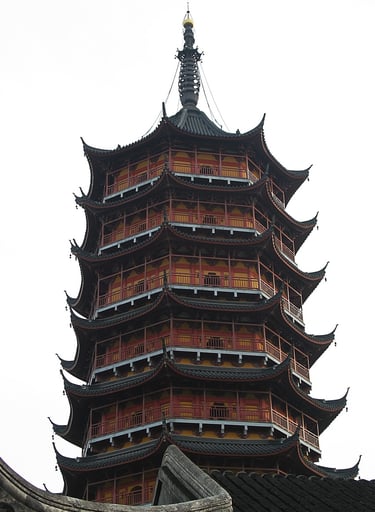

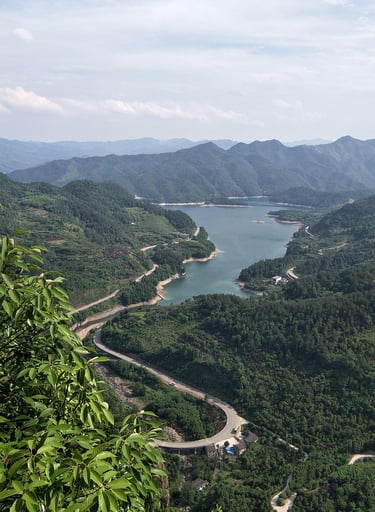


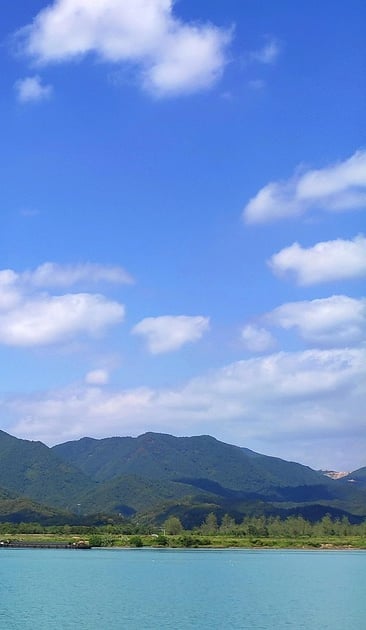
Practical Travel and Tips
Best time to visit: Spring and autumn offer mild weather and scenic blooms, summer is hot and humid, and winter is mild along the coast
Getting there: Hangzhou is a major transport hub with high-speed rail, an international airport, and ports, making the province accessible from most Chinese cities
Highlights: West Lake, Wuzhen water town, Shaoxing ancient city, Mount Tiantai, Thousand-Island Lake
Local etiquette: Respect local customs, temple rituals, and river-town traditions
Insider tip: Try Dongpo pork or West Lake fish, explore water towns for crafts and canals, and visit Mount Tiantai for temples and hiking trails.
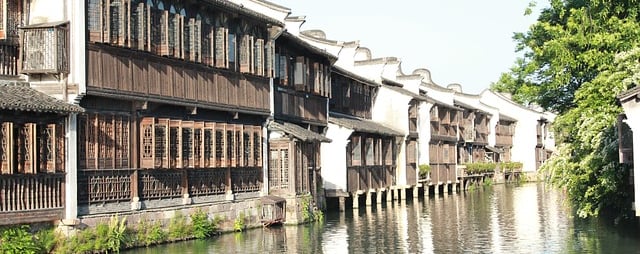

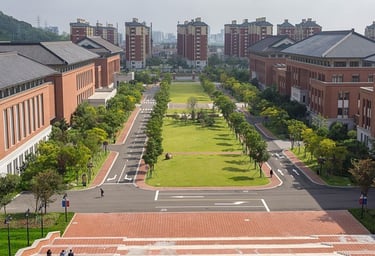





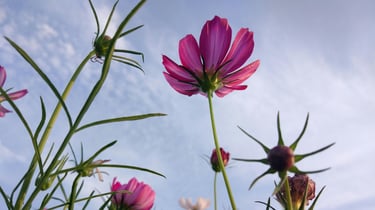





Climate
Plant and animal life
Agriculture
Manufacture
Zhejiang has a humid subtropical climate, with hot, humid summers and mild, damp winters, strongly influenced by the East Asian monsoon.
Rainfall is concentrated in spring and summer, often accompanied by typhoons along the coast. Spring and autumn are the most pleasant seasons for outdoor activities and travel.
Compared with inland provinces, Zhejiang is wetter and milder in winter, with high humidity in summer.
Coastal areas experience moderate sea breezes, while inland hills and valleys can be slightly cooler and drier.
Zhejiang’s varied landscapes, from mountain ranges like Tianmu and Yandang to coastal wetlands, support rich biodiversity.
Forests contain bamboo, cypress, and tea plants, while wildlife includes sika deer, monkeys, otters, and diverse bird species.
Coastal and estuarine areas host migratory birds and aquaculture species, while inland rivers and lakes provide habitats for freshwater fish.
Compared with northern or western provinces, Zhejiang’s flora and fauna are strongly influenced by its coastal and subtropical environment, offering a mix of mountain, river, and marine ecosystems.
Zhejiang is a fertile province with rice, tea, mulberry for silk, and fruits such as oranges and peaches forming the backbone of agriculture.
Aquaculture in rivers and along the coast supports fish, crab, and shellfish production. Specialty crops, including bamboo shoots and medicinal herbs, diversify the agricultural economy.
Compared with northern provinces, Zhejiang emphasizes high-value, labor-intensive crops, benefiting from abundant rainfall, fertile soils, and favorable temperatures.
Historically, trade networks and proximity to the coast facilitated the spread of agricultural techniques.
Zhejiang combines light manufacturing, electronics, textiles, machinery, and export-oriented industries.
Cities such as Hangzhou, Ningbo, and Wenzhou host thriving industrial zones, with Ningbo serving as a major port and logistics hub. Tourism, especially around coastal areas, mountains, and historic towns, contributes significantly to the economy.
Compared with inland provinces, Zhejiang’s economy is highly export-oriented and industrially diversified, balancing traditional industries with technology, services, and international trade.
Over the centuries, its coastal location, and merchant culture have fostered sustained economic growth and regional influence.
Navigation
Main Menu
nathan.china-sphere.com
© 2025. All rights reserved.